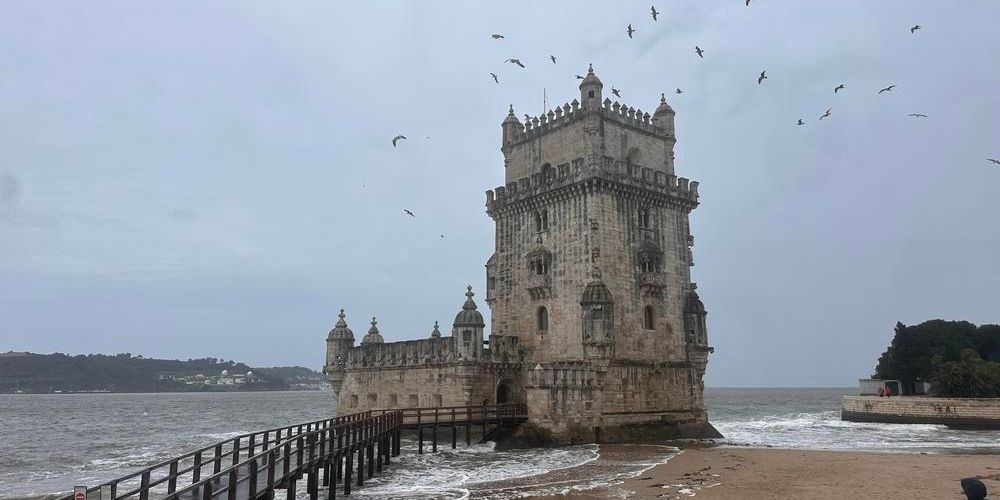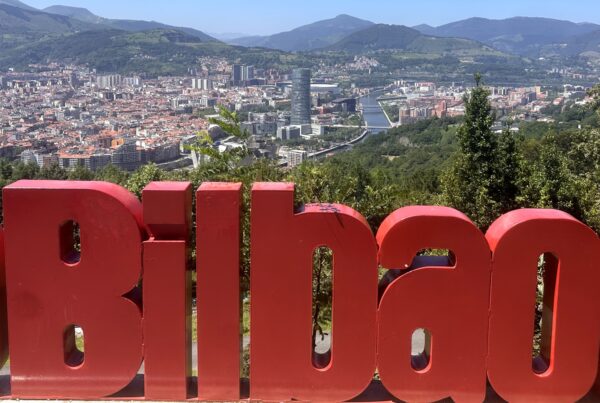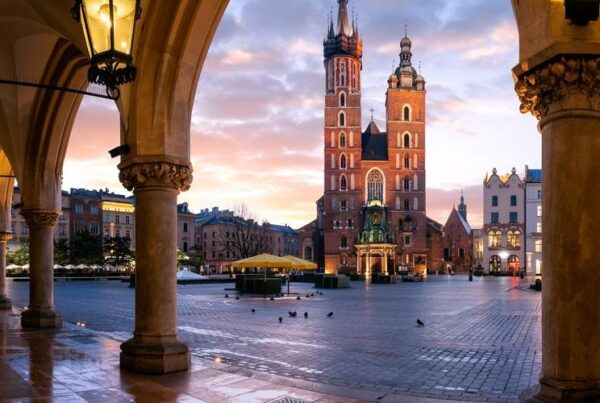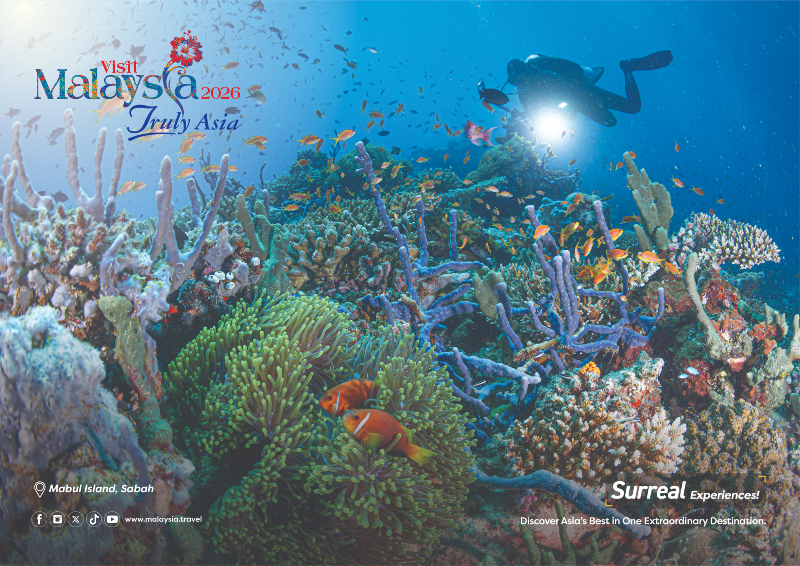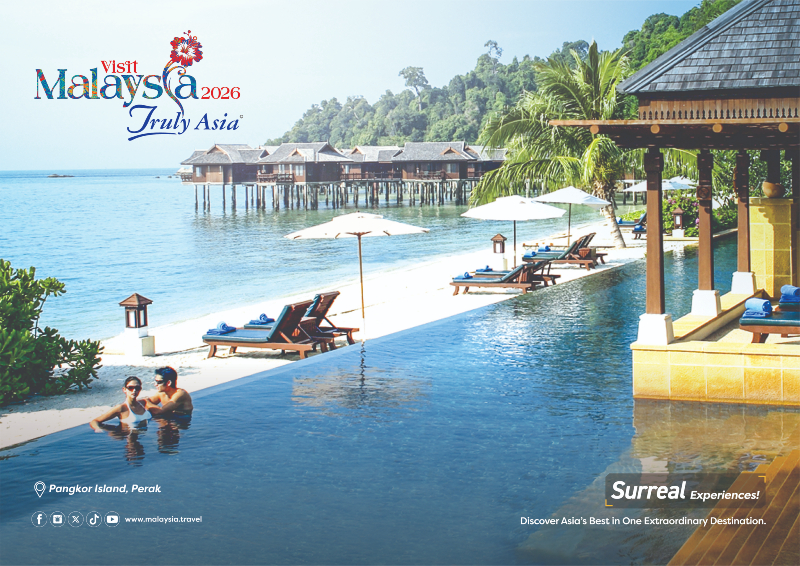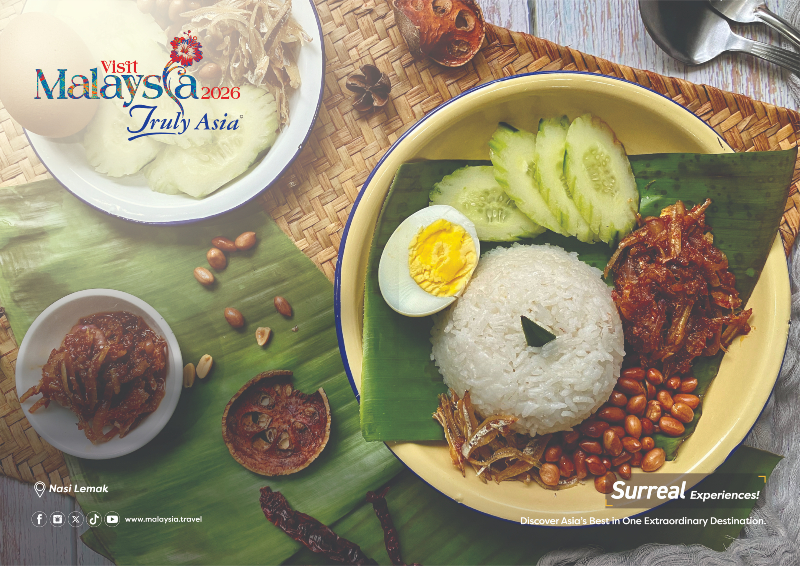Arriving in Lisbon on a cold, wet March evening isn’t exactly the postcard-perfect image most travellers dream of. But I wasn’t in Lisbon for the weather – I was here to join the inaugural sailing of Norwegian Aqua, and as I stepped from the taxi onto rain-slicked cobblestones, I was immediately taken by the city’s quiet charm.
Droplets cascaded down colourful tiled façades, streetlights reflected on the pavement like brushstrokes, and I realised: Lisbon is one of those rare cities that doesn’t need blue skies to shine.
Even in the drizzle, Lisbon’s signature azulejos—the vibrant hand-painted tiles that cloak everything from walls to fountains—shone with saturated colour. Each one a little work of art, made all the more magical by the rain. Trams and funiculars clattered by, their yellow paintwork popping against the grey, bells chiming gently as they trundled up the city’s famously steep hills. It was like stepping into an old film reel—one that had been dusted off and brought back to life.

The wonderfully atmospheric Funicular da Bica
To get my bearings, I took an audio-guided stroll through Chiado, one of Lisbon’s most literary and elegant neighbourhoods. With headphones in and coffee in hand, I wandered past historic cafés and baroque buildings while tales of poets, philosophers and post-earthquake resilience unfolded in my ears. It was a wonderfully intimate way to meet the city.
That resilience took centre stage at Quake, Lisbon’s immersive earthquake museum that quite literally shakes you into the story of the devastating 1755 quake. With multimedia effects and eerie realism, it plunges you into the panic and aftermath—crumbling cathedrals, roaring fires, a rising tsunami. It’s unsettling and unforgettable, and somehow makes you love the city more for having survived it all.
I spent another moody morning in Belém, a riverside district rich with Portugal’s seafaring history. The famous Belém Tower stood sentinel in the mist, while the Monument to the Discoveries loomed out of the fog like the bow of a ghost ship. But what really brought me joy that morning? Custard.
Joining the queue at Pastéis de Belém, I found myself shoulder to shoulder with pastry pilgrims from all over the world. And yes, the famed pastéis lived up to the hype—warm, golden, flaky, creamy, just enough sweetness, and a sprinkle of cinnamon that somehow tastes better when the rain is falling. Lisbon does pastries with as much passion as it does poetry, and there’s no shortage of cosy bakeries to tempt you at every turn.

Another must try in Lisbon: Ginjinha, a liquor made from sour cherries.
Lisbon’s food is a sensory journey in itself. I tucked into bacalhau à brás—a local favourite of shredded salted cod mixed with crisp matchstick potatoes and caramelised onion. Deliciously filling (a little too filling by the end, if I’m honest). A plate of grilled octopus, tender and smoky with garlic oil, left a much lighter impression. And Lisbon doesn’t stop at local fare—cosy trattorias, modern Asian joints and trendy wine bars line its hilly streets, ensuring no craving goes unsatisfied.
One chilled afternoon, I wrapped my scarf a little tighter and sat at a riverside bar with a pisco sour, watching boats drift down the Tagus. It wasn’t warm, and it wasn’t sunny. But it was quietly perfect. Sometimes travel is about those in-between moments—the ones without filters or fanfare.
Before commencing the next leg of my journey, I took a boat trip into the Tagus estuary in the hope of spotting the flamingos that occasionally wade its wetlands. They proved elusive, but the outing was no less enchanting. The water stretched out in silvery stillness, just minutes from the bustle of the city, yet it felt like another world entirely. Lisbon has a knack for offering you something unexpected—often when you’re not looking for it.

For something a bit different: A bird-watching tour of the Tagus estuary with SeaEO Tours.
There were still plenty of places I didn’t make it to. Sintra—with its candy-coloured palaces and lush forests—is top of the list for next time. And Alfama, Lisbon’s oldest quarter, calls with its tangle of lanes, melancholic fado, and street art waiting to be discovered. But that’s the thing about Lisbon: it doesn’t give up all its secrets at once.
A few travel tips: waterproof shoes and a good coat are your best friends in March. Audio tours in Chiado and Belém are a brilliant way to soak up the history at your own pace. Don’t leave without visiting Quake. Eat every pastry that tempts you—you won’t regret it. And if you’re offered bacalhau à brás, maybe share it so you have room for round two
.
By the time I stepped aboard Norwegian Aqua, Lisbon had already etched itself into memory—not for its sunshine, but for its soul. The city whispered its stories through puddles and poetry, tiles and trams. And I couldn’t help but feel I’d met the real Lisbon—the one that quietly shines, even in the rain.
